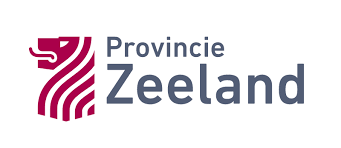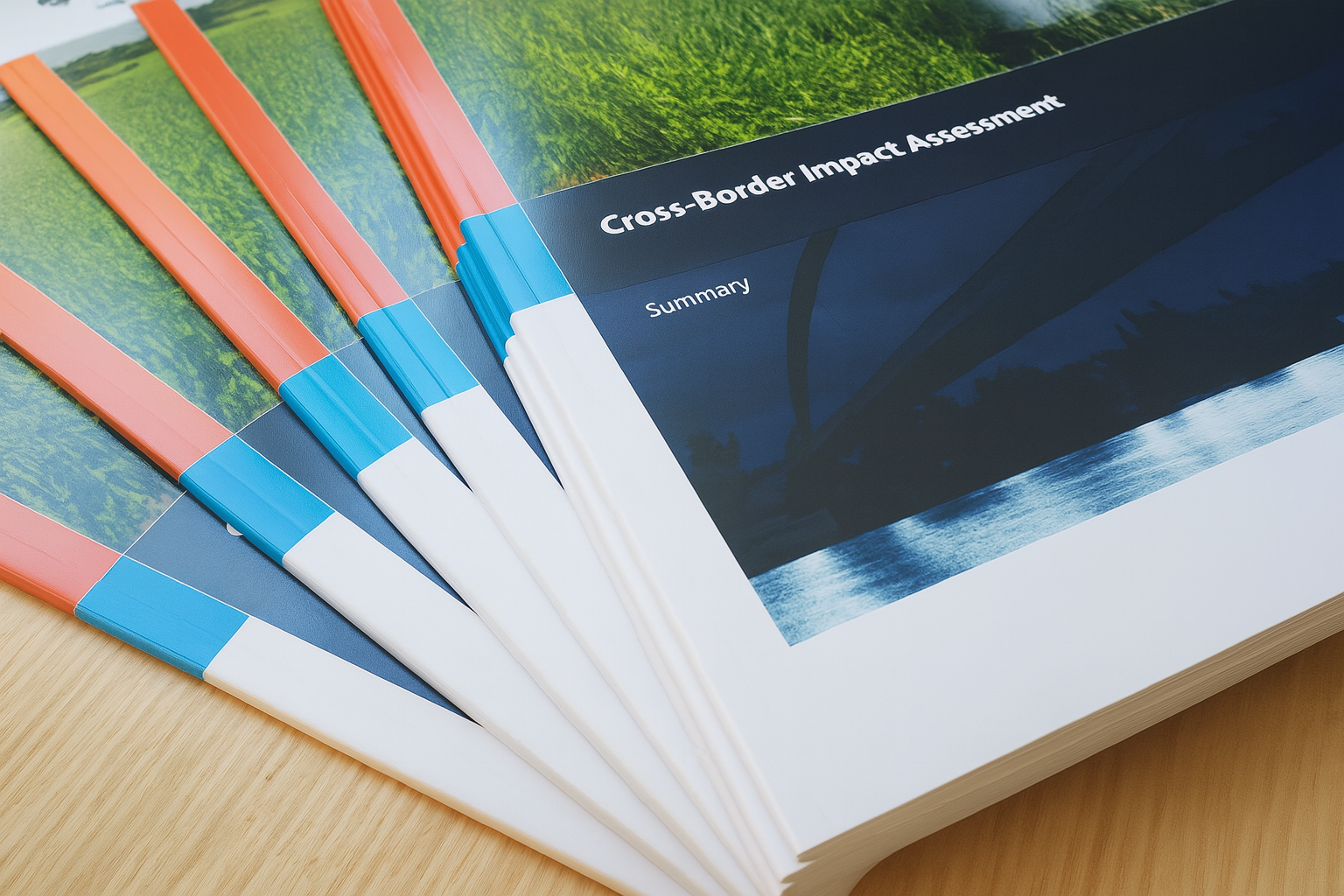
This project was made possible through co-financing from Province of Zeeland.
In border regions, professionals frequently cross borders for work, as the labour market opportunities can expand significantly with a ‘Euregional 360-degree’ perspective. This dynamic also applies to businesses and institutions in these regions, which may seek to hire workers from neighbouring areas. This is to access a wider pool of qualified workers, also in response to the skills and labour shortages faced across the EU, driven by demographic changes and the increasing demand for skilled workers. However, starting work in a Member State other than the one where a person was trained is not always straightforward. In regulated fields such as healthcare and education, professionals must often have their qualifications formally recognised before working, as authorities require compliance with specific training and competence standards. At the EU level, this recognition process is governed by Directive 2005/36/EC, as modernised by 2013/55/EU. The Directive aims to facilitate labour mobility by ensuring that professionals qualified in one Member State can access and pursue the same profession in another Member State with the same rights as nationals, thereby supporting the free movement of persons and services in the EU. However, the recognition of professional qualifications has still been reported as one for the main obstacles to labour mobility and a barrier to the effective functioning of the EU single market.
Indeed, a study (a Cross-Border Impact Assessment) carried out by ITEM in 2016 revealed that despite the existence of a common EU framework for recognition of professional qualifications, several obstacles are experienced in cross-border regions. For example, the recognition process can be time-consuming for cross-border workers, imposing significant administrative burdens and, in some cases, leading to the rejection of recognition in the neighbouring countries on the grounds of “substantial differences”. A recent assessment of the Directive by the European Court of Auditors has also highlighted several challenges: the Directive has not yet been fully implemented in all Member States, and measures such as electronic procedures are not fully utilised. Examples of non-compliance were also identified, such as some authorities requiring additional documents and conducting more checks than the Directive allows for. The European Commission is currently evaluating the Directive, with results expected by the end of 2025.
Against the backdrop of labour shortages and skills mismatches, the EU has launched several initiatives to ease recognition of professional qualifications. These efforts build on the European Education Area, the Skills Union, and proposals for a ‘fifth freedom’ of education, research, and innovation – seeking to improve mobility, reduce fragmentation, and better align skills with labour market needs. While education and training remain a Member State competence, in Europe several measures have been taken to support (academic) recognition, such as the Lisbon Recognition Convention, the European Qualifications Framework, ECTS, and Europass, which promote transferability and transparency of qualifications. Regional initiatives have also driven progress in this area, with the recognition of professional qualifications being a key political priority for the Benelux Union, an intergovernmental partnership between Belgium, the Netherlands, and Luxembourg. While automatic recognition has been agreed for higher education diplomas in the Benelux area, no such agreement yet exists for professional qualifications. Still, progress has been made. For instance, in 2018, the ministers signed a Directive on the transferability of professional qualifications, supported by a political declaration from Germany (North Rhine-Westphalia), with the shared goal of simplifying recognition procedures and promoting cross-border mobility. The governments of the respective States, Regions, and Communities have now included this issue in both the Benelux 2025 annual plan and the 2025–2028 multiannual plan, and it has been confirmed as a political priority of the 2025 Luxembourg Presidency.
These developments underscore the need for an update to the ITEM study, nearly a decade after its initial assessment and after the modernised Directive 2013/55 entered into force. Through an analysis of existing obstacles and implementation reports of the Directive, a survey sent to citizens and institutions in border regions to gather their experiences, and statistics on mobility and recognition, the study will focus on evaluating the challenges and solutions for facilitating the recognition of qualifications in the cross-border regions between the Benelux countries (Belgium, Luxembourg, and the Netherlands), as well as Germany and France. The objective of this study is to gain updated insights from the perspective of cross-border regions into the obstacles that still play a role in border regions for both employers and employees, and to collect examples of best practises on how to overcome them.


